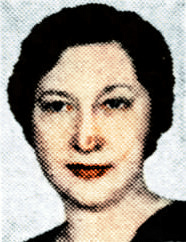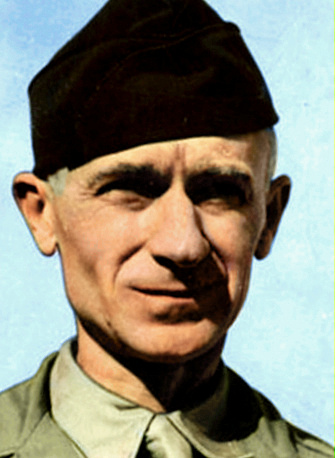B-29s batter Kyushu bases of Japs’ suicide planes
Yanks on Okinawa gain in drive on Naha – 15 U.S. war vessels lost off island
GUAM (UP) – Upwards of 300 Superfortresses today blasted the Kyushu bases of Jap suicide planes blamed for the sinking of some of the 15 American war vessels lost in the Battle of Okinawa and Japan during the past month.
On Okinawa itself, three U.S. divisions thrust deeper into the enemy’s last-ditch defense line less than 3½ miles north of Naha, capital of the island, on the third day of the greatest ground offensive of the Pacific war.
Advances of up to a mile were reported all along the four-mile line extending across the southern end of the island yesterday. Swarms of planes and the big guns of warships joined massed land artillery in an unprecedented supporting bombardment.
The big fleet of Superfortresses bombed nine airfields on Kyushu, southernmost of the Jap home islands. The raid was the third in five days on the suicide-plane bases, but two of the airfields – Usa, near the northeast coast, and Kushira, in the south – were hit for the first time.
A XXI Bomber Command announcement said the attacks covered the “length and breadth” of Kyushu.
There was no mention of opposition and it was indicated that both fighter and anti-aircraft reaction by the Japs was negligible.
A Jap broadcast said approximately 200 B-29s had raided airfields on Kyushu for four hours this morning.
Japs lose 100 ships
A Pacific Fleet communiqué listed for the first time American naval losses in operations off Okinawa and Japan between March 18 and April 18. Against 15 Americans ship sunk, the Americans destroyed at least 100 Jap vessels during the period, all previously announced.
American losses were:
- Five destroyers: Halligan, Bush, Colhoun, N. L. Abele, Pringle.
- Two minecraft: Emmons, Skylark.
- One destroyer transport: Dickerson.
- Five smaller warships: One gunboat, one LST, one LCI, one LCS, one LCT.
- Two ammunition ships: Hobbs Victory, Logan Victory.
It is standard Navy policy to notify all next of kin of casualties before using the names of subs sunk or damaged.
The 100 Jap ships sunk included a Yamato-class battleship, two light cruisers, five destroyers, five destroyer escorts, four large cargo ships, 18 medium cargo ships and 28 smaller cargo ships. In addition, 2,569 Jap aircraft were destroyed.
The communiqué said the American losses constituted the “complete list of ships sunk by enemy action” in the month-long period – thus giving the lie to Jap claims that upwards of 100 American vessels had been sunk.
Gain 1,400 yards
American gains in southern Okinawa yesterday averaged 1,000 yards, but the 7th Infantry Division penetrated the maze of enemy defenses on the east coast to a depth of at least 1,400 yards.
The 7th Infantry Division was just north of Yonabaru Airfield and Yonabaru town, the main port on Nakagusuku Bay.

